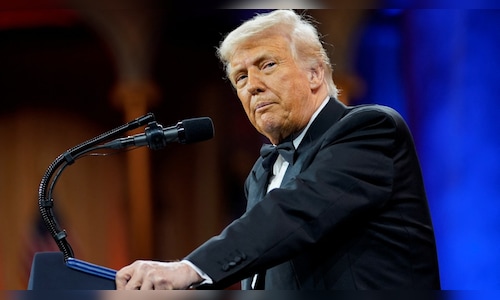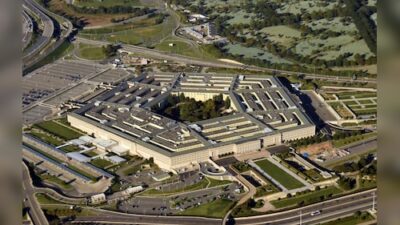A divided three-judge panel of the US 9th Circuit Court of Appeals concluded that the downsizing could have far-reaching consequences on various systems, including food safety and veteran healthcare, and thus should remain paused while the case unfolds.
The dissenting judge mentioned that President Donald Trump likely holds the legal authority to downsize the executive branch, with a separate process available for employees to appeal.
Read More: Trump indicates plans to double tariffs on steel and aluminum to 50%
The Republican administration had requested an emergency stay against an injunction issued by US Judge Susan Illston in a lawsuit initiated by labor unions and several cities, including San Francisco and Chicago, along with the group Democracy Forward.
The Justice Department has previously appealed her decision to the Supreme Court, part of a series of emergency appeals claiming federal judges have exceeded their authority.
The judge’s order raised questions regarding the legality of Trump’s administration in its efforts to reduce the federal workforce.
Trump has continuously asserted that voters have given him a mandate to transform the federal government, appointing billionaire Elon Musk to spearhead the initiative through the Department of Government Efficiency.
Tens of thousands of federal employees have either been terminated, left their positions via deferred resignation programs, or been placed on leave. While there are no official figures for the job cuts, at least 75,000 federal employees have taken deferred resignations, and numerous probationary employees have already been dismissed.
Read More: Universities aim to attract US-bound students amid Trump’s restrictions
Illston’s ruling commands multiple federal agencies to refrain from acting on the president’s workforce executive order signed in February and a subsequent memo released by DOGE and the Office of Personnel Management.
Illston, nominated by former President Bill Clinton, a Democrat, noted in her ruling that while presidents can implement significant changes to federal agencies, they must do so in cooperation with Congress.
Government lawyers contend that the executive order and memo outlining large-scale personnel reductions and reorganization guidelines offered only broad principles for agencies to follow in their decision-making processes.



